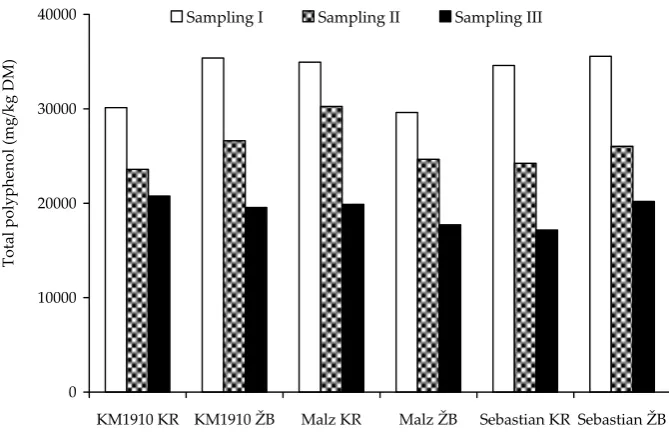Evaluation of barley grass as a potential source of some nutritional substances
Full text
Figure




Related documents
This process re- ceives, in principle, four types of the twist-3 contributions depending on the type of the twist-3 correlation function participating in the cross section; i.e.,
Background: The primary aim of the disease management program (DMP) for patients with diabetes mellitus type 2 is to improve the quality of health care and the treatment process..
Title Dietary flavonoids suppress azoxymethane-induced colonic preneoplastic lesions in male C57BL/KsJ-db/db mice.. Author(s) Miyamoto, Shingo; Yasui, Yumiko; Ohigashi, Hajime;
ABSTRACT : Aiming at the poor dynamic performance and low navigation precision of traditional fading Kalman filter in BDS dynamic positioning, an improved fading
vaginalis infection should receive treatment with metronidazole, either as a single dose of 2g or 400mg twice daily for at least 5 days.. • Contact tracing should be undertaken and
In this study, we used physiologically immature corn silage (CS) and matured whole corn plants (WCP) as feedstocks to produce ethanol using ammonia fiber expansion (AFEX)
Following a process of systems study, designs, demo sessions at various levels and evaluation of the proposals submitted by various Consultants, Council opted for the cutting edge
Table 1 Effect of different growth regulators for callus formation of Hemidesmus indicus. 3.3